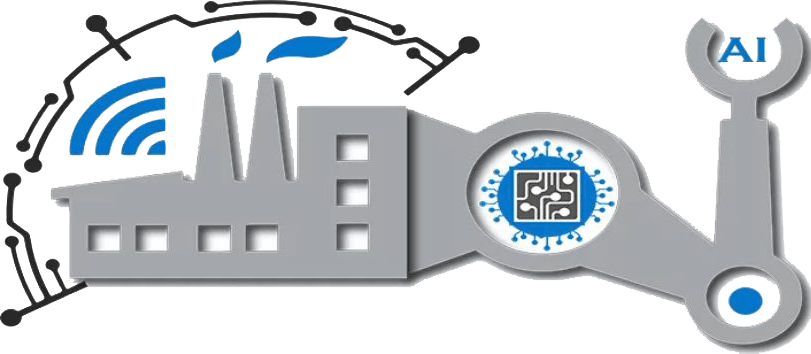Navigating the Next Wave of Corporate Evolution
Abstract:
Business 5.0 represents a paradigm shift in corporate strategies, characterized by the integration of advanced technologies, sustainability initiatives, and a heightened focus on stakeholder value. This comprehensive paper explores the multifaceted dimensions of Business 5.0, examining its key components, applications, challenges, and the transformative impact it carries in reshaping the landscape of modern business.
1. Introduction:
Business 5.0 marks a pivotal moment in corporate evolution, where traditional business models are redefined by a fusion of digital innovation, sustainable practices, and a holistic approach to value creation. This paper investigates the dynamic elements of Business 5.0, where business strategies extend beyond profit maximization to embrace societal and environmental responsibilities.
2. Key Components of Business 5.0:
a. Digital Transformation: Business 5.0 harnesses the power of digital technologies to optimize operations, enhance customer experiences, and foster innovation. The integration of artificial intelligence, data analytics, and automation becomes instrumental in driving business efficiency and agility.
b. Sustainability as a Core Pillar: Sustainability is elevated to a core pillar of Business 5.0. Companies actively engage in sustainable practices, adopting circular economy principles, reducing carbon footprints, and embracing responsible supply chain management.
c. Stakeholder-Centric Approach: Business 5.0 adopts a stakeholder-centric approach, recognizing the importance of diverse stakeholders such as customers, employees, communities, and investors. Companies prioritize transparent communication and actively engage with stakeholders to build trust and long-term relationships.
3. Applications in Business 5.0:
a. Ecosystem Collaboration: Business 5.0 emphasizes collaboration within business ecosystems. Companies actively engage with partners, suppliers, and competitors to create interconnected networks that drive innovation, efficiency, and shared value.
b. Responsible Finance and Impact Investing: The financial landscape in Business 5.0 includes responsible finance and impact investing. Companies align financial strategies with environmental, social, and governance (ESG) principles, attracting socially conscious investors and fostering sustainable financial growth.
c. Digital Customer Engagement: Customer engagement in Business 5.0 transcends traditional boundaries. Digital platforms, personalized experiences, and interactive content create a dynamic relationship between businesses and customers, driving brand loyalty and advocacy.
4. Challenges and Considerations:
a. Cultural Transformation: Implementing the principles of Business 5.0 requires a cultural transformation within organizations. Companies face challenges in aligning internal cultures with the values of sustainability, innovation, and stakeholder engagement.
b. Regulatory Compliance: Navigating diverse and evolving regulations poses challenges in Business 5.0. Companies must stay abreast of changing regulatory landscapes, ensuring compliance while actively participating in shaping responsible business standards.
5. Future Implications:
Business 5.0 envisions a future where businesses are not only profitable but also agents of positive change. The implications extend beyond financial success to encompass social impact, environmental stewardship, and the creation of a resilient and adaptive business ecosystem.
6. Holistic Corporate Success:
a. Employee Well-being and Development: Business 5.0 prioritizes employee well-being and development. Companies invest in continuous learning, diversity and inclusion initiatives, and holistic employee wellness programs to enhance workforce satisfaction and productivity.
b. Adaptive Business Models: The business models in Business 5.0 are adaptive and responsive to changing market dynamics. Companies embrace agility, innovation, and the ability to pivot as essential components of a successful and sustainable business strategy.
Conclusion:
As Business 5.0 unfolds, the corporate landscape undergoes a profound transformation. The integration of digital technologies, sustainable practices, and stakeholder-centric approaches not only redefines business success but also positions companies as catalysts for positive societal and environmental change.
